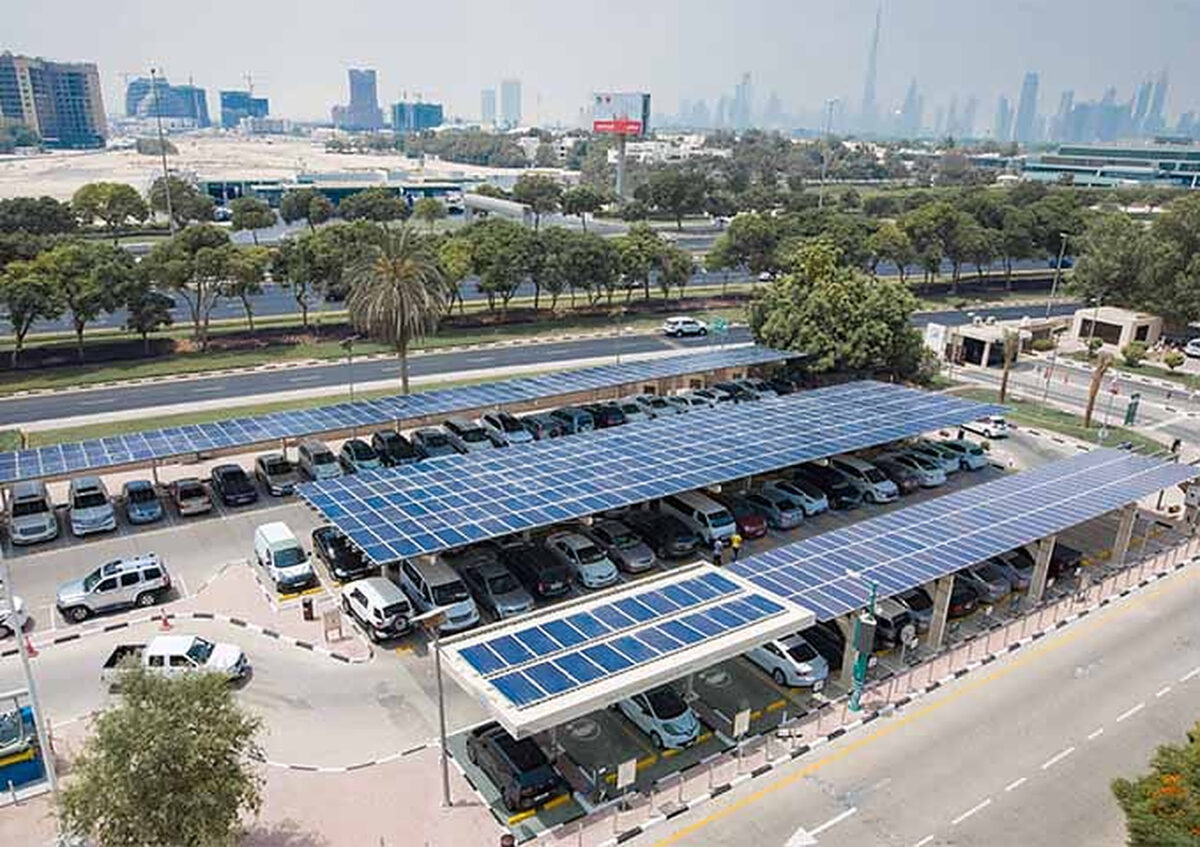The United Arab Emirates (UAE) has made significant progress toward increasing its dependence on renewable energy in recent years, with the goal of increasing the share of clean energy in its total power mix to 50% by 2050. Currently, the UAE is one of the fastest-growing utility-scale markets in the Middle East and North Africa region, with approximately 2,000 MW of renewable energy being installed annually. However, there are still several challenges the country is facing to achieve its goals.
Romain Riche, international development director at the Middle East Solar Industry Association (MESIA), commented, “Over the last two years, due to the surge in PV module prices, major solar developers experienced delays for module delivery from China, slightly delaying flagship projects in the region. Due to those challenges, the country's cumulative installed capacity remains valued at around 3.5 GW by end 2022, but shall soon reach 6 GW capacity with the completion of the current mega-projects in Abu Dhabi (Al Dhafrah 1,500 MW) and Dubai (MBR Solar Park Phases 4 and 5, respectively 950 and 900 MW).”
With the implementation of programs like the Dubai Clean Energy Strategy 2050, which aims to provide 75% of Dubai’s total power capacity from clean energy sources, and the Abu Dhabi Vision 2030, the nation has established lofty targets for the advancement of solar PV technology. “At the dawn of COP28 to be held in the country, new developments are likely to be announced. This year, EWEC will close the tendering of Al Aljban to add 1,500 MW of solar in Abu Dhabi. Dubai, meanwhile, is already getting 14% of its electricity from clean-energy sources and DEWA has now launched the tender of the sixth phase of its mega-solar cluster to add an additional 1,800 MW,” Rich added.
When it comes to the distributed solar segment, while it has been popular in Dubai with its net metering policy, overall its development remains limited. In order to reach the ambitious target of the UAE Energy Strategy 2050, with a clean energy share of 44% by 2050, accelerated development and updated policies are required.
The growth of solar energy in the UAE is also hampered by a number of factors, including legal and legislative concerns, funding constraints, and grid integration limitations. One such challenge is the lack of regulation for the distributed generation (DG) market in the UAE outside the Dubal emirate. However, in November 2021, the UAE announced its intention to adopt a federal law regulating the connection of distributed renewable energy production units to the electrical grid in all seven emirates. This is expected to greatly revitalise the DG market over the next few years, with an estimated annual increase of 400 to 500 MW annually once regulations are in place, compared to the current rate of around 60 to 100 MW annually. This will represent a significant leap for the DG market in the UAE.
In the utility-scale sector, the projects are primarily focused in Dubai and Abu Dhabi. The consolidation of these utility-scale projects makes it very hard for local developers and EPCs to grow in the local utility-scale sector.
Despite these challenges, the International Renewable Energy Agency forecasts that by 2030, the nation may generate 25% of its electricity from solar energy and have a total installed solar capacity of 44 GW by 2050, very near its target. The UAE will need to continue its efforts to implement laws and programs to support the expansion of solar energy and meet these goals.
Author: Hinde Liepmannsohn
Contact info@mesia.com for more information.
The Middle East Solar Industry Association- MESIA, is the only non-for profit solar association bringing together the entire solar sector across the Middle East and North Africa (MENA) region.
The views and opinions expressed in this article are the author’s own, and do not necessarily reflect those held by pv magazine.
This content is protected by copyright and may not be reused. If you want to cooperate with us and would like to reuse some of our content, please contact: editors@pv-magazine.com.



4 comments
By submitting this form you agree to pv magazine using your data for the purposes of publishing your comment.
Your personal data will only be disclosed or otherwise transmitted to third parties for the purposes of spam filtering or if this is necessary for technical maintenance of the website. Any other transfer to third parties will not take place unless this is justified on the basis of applicable data protection regulations or if pv magazine is legally obliged to do so.
You may revoke this consent at any time with effect for the future, in which case your personal data will be deleted immediately. Otherwise, your data will be deleted if pv magazine has processed your request or the purpose of data storage is fulfilled.
Further information on data privacy can be found in our Data Protection Policy.